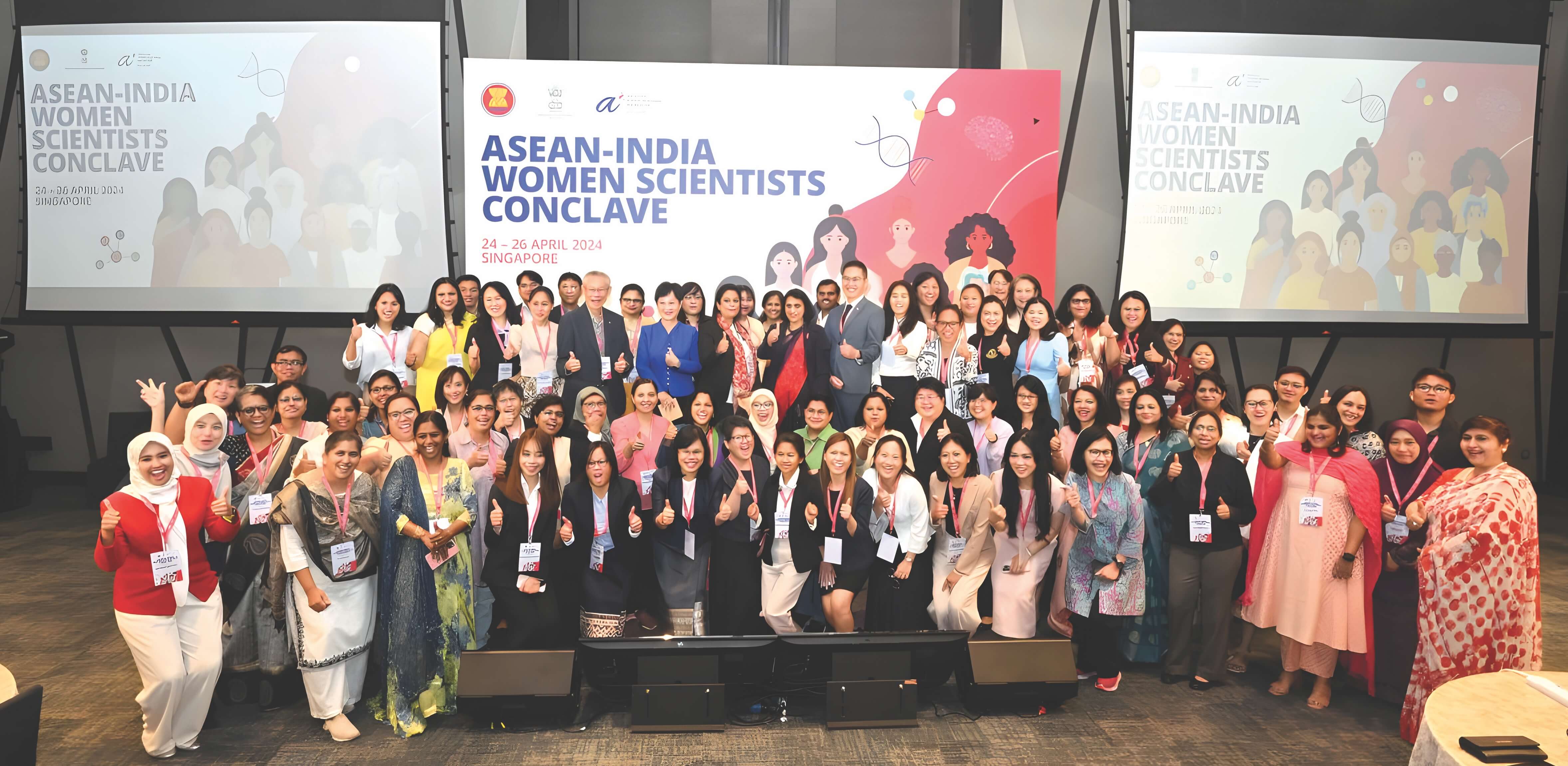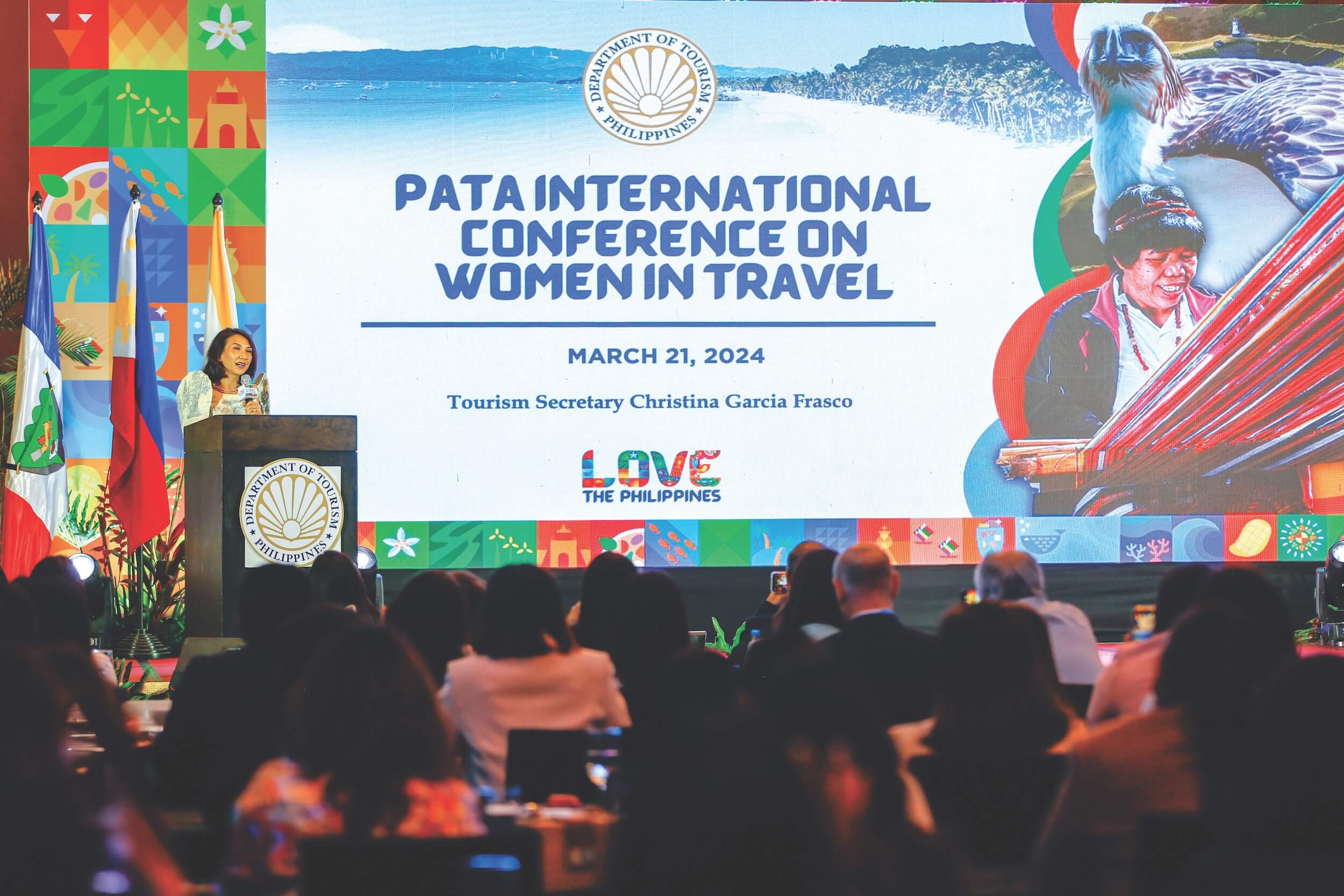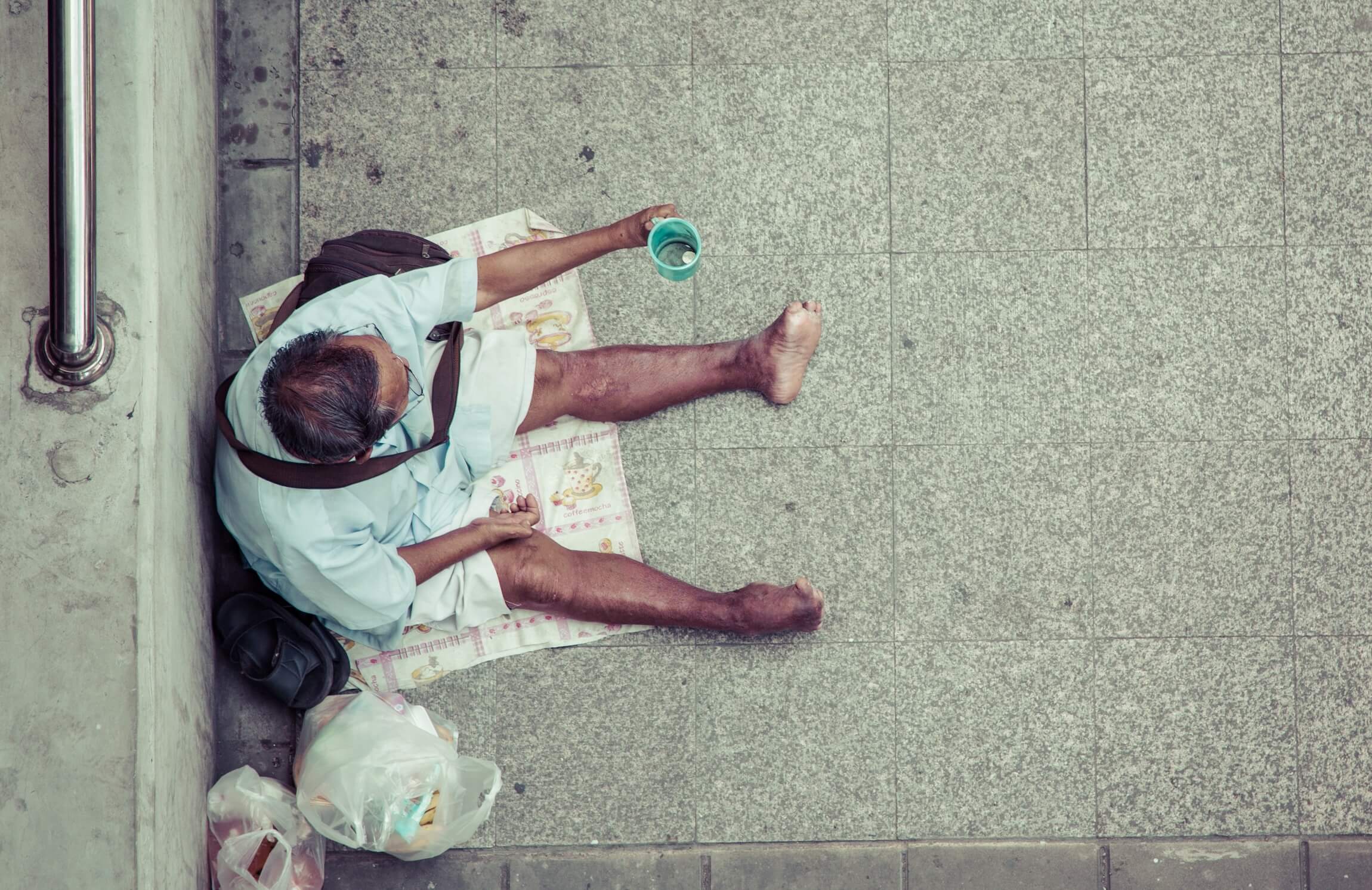
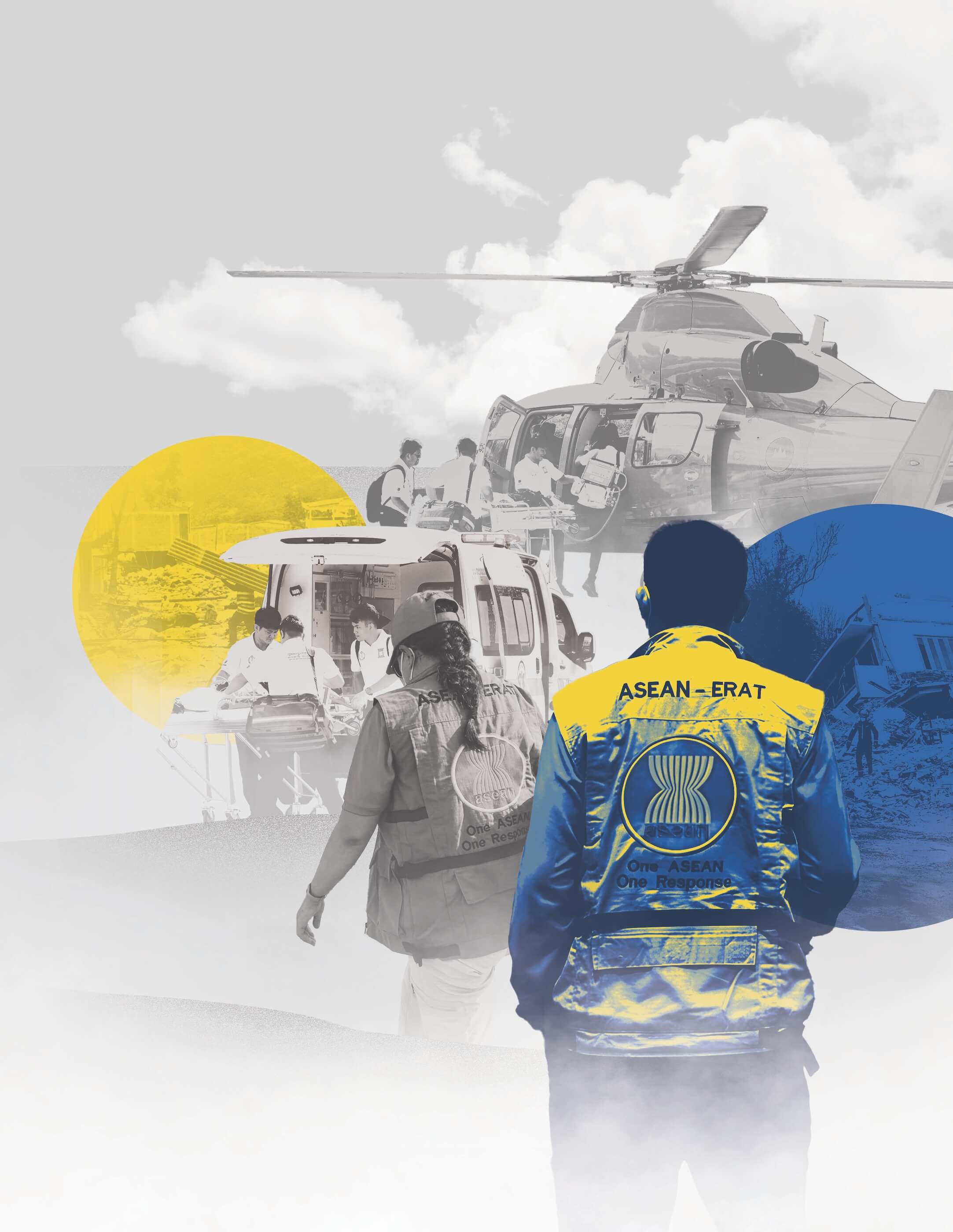


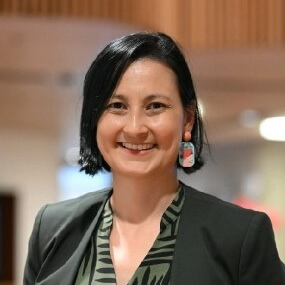
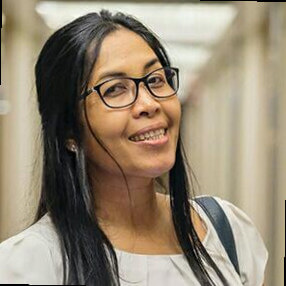
On the bustling streets of cities like Bangkok, amidst the vibrant markets and towering skyscrapers, lies a hidden crisis: human trafficking. Human trafficking is a grave violation of human rights that affects millions across the ASEAN region. Within this already vulnerable population exists an even more marginalised subset: persons with disabilities (PWDs) who are victims of human trafficking.
A silent struggle
Pros (a pseudonym) is visually impaired. At 15 years old, he relocated to Thailand from Cambodia, lured by promises of an education and a better life. He travelled by car and on foot with a large group, only to be taken to a rice farm and later forced to beg in another province. For two years, Pros was paid 50 Thai baht (approximately 1.45 US dollars) a day. He escaped with the help of a shop owner and now lives in Bangkok, busking at a bus stop to make money. Without an official identity card, he is not able to access social benefits or support services.
Pros’ story is not unique. Across Asia and the Pacific, an estimated 15.1 million persons are trapped in trafficking situations. Among them, persons with disabilities are particularly vulnerable, facing additional barriers to accessing justice and the support they need to overcome their trafficking experience.
The intersection of disability and trafficking
Recent research by the Australian Government funded ASEAN-Australia Counter-Trafficking programme (ASEAN-ACT) in partnership with La Trobe University, in Australia, focuses on the intersection of disability and trafficking in Indonesia, the Philippines, and Thailand.
Disability and trafficking intersect in two main ways—persons with disabilities may become victims of trafficking, or victims may acquire a disability as a result of being trafficked.
The findings reveal that the vulnerabilities of persons with disabilities are multifaceted. They often face higher levels of poverty and have fewer opportunities for decent work. Limited access to education further exacerbates their situation, leaving them ill-equipped to recognise and avoid exploitative situations. Additionally, societal stigma and lack of awareness about their rights make them easy targets for traffickers.
Much of this exploitation occurs within homes or communities and is perpetrated by those who should be protectors—family members or caregivers. This form of trafficking is less visible and often goes unreported, with only the most severe cases catching the attention of authorities.
Barriers to justice and recovery
The challenges do not end when persons with disabilities escape a situation of exploitation. PWD victims of trafficking face significant barriers in accessing justice and recovery services. Law enforcement officers and other frontline responders often have a limited understanding of what constitutes a disability, typically only identifying those with disabilities that can easily be seen.
Even when victims are identified, recovery services frequently fall short. Few shelters are equipped to meet the needs of persons with disabilities. With limited or no access to services and support, temporary conditions—physical or psychological—can become permanent impairments.
Bridging the gap
Addressing these challenges requires a concerted effort to enhance the visibility of persons with disabilities in counter-trafficking initiatives. This involves bridging the gap between organisations working to prevent trafficking and those serving the needs of persons with disabilities.
In December 2023, ASEAN sectoral bodies in Thailand, with support from ASEAN-ACT, convened an international conference to bring counter-trafficking practitioners and disability advocates together.
The conference highlighted international and regional legal frameworks to promote human-rights-based responses to trafficking, including the ASEAN Enabling Masterplan, developed in close partnership with organisations of persons with disabilities and civil society—a strong example of inclusive and evidence-based policymaking. Outcomes from the conference informed a set of policy recommendations that were released as part of the final research report.
Prof. Dr. Amara Pongsapich, the Representative of Thailand to the ASEAN Intergovernmental Commission on Human Rights (AICHR), said, “There are some very practical and impactful steps that several ASEAN Member States have taken to make justice more accessible to persons with disabilities, including those who have been trafficked. Inclusive strategies must be developed to uphold the rights of persons with disabilities. These include building the ‘disability literacy’ of the public and using technology to expand and extend access to services to all concerned.”
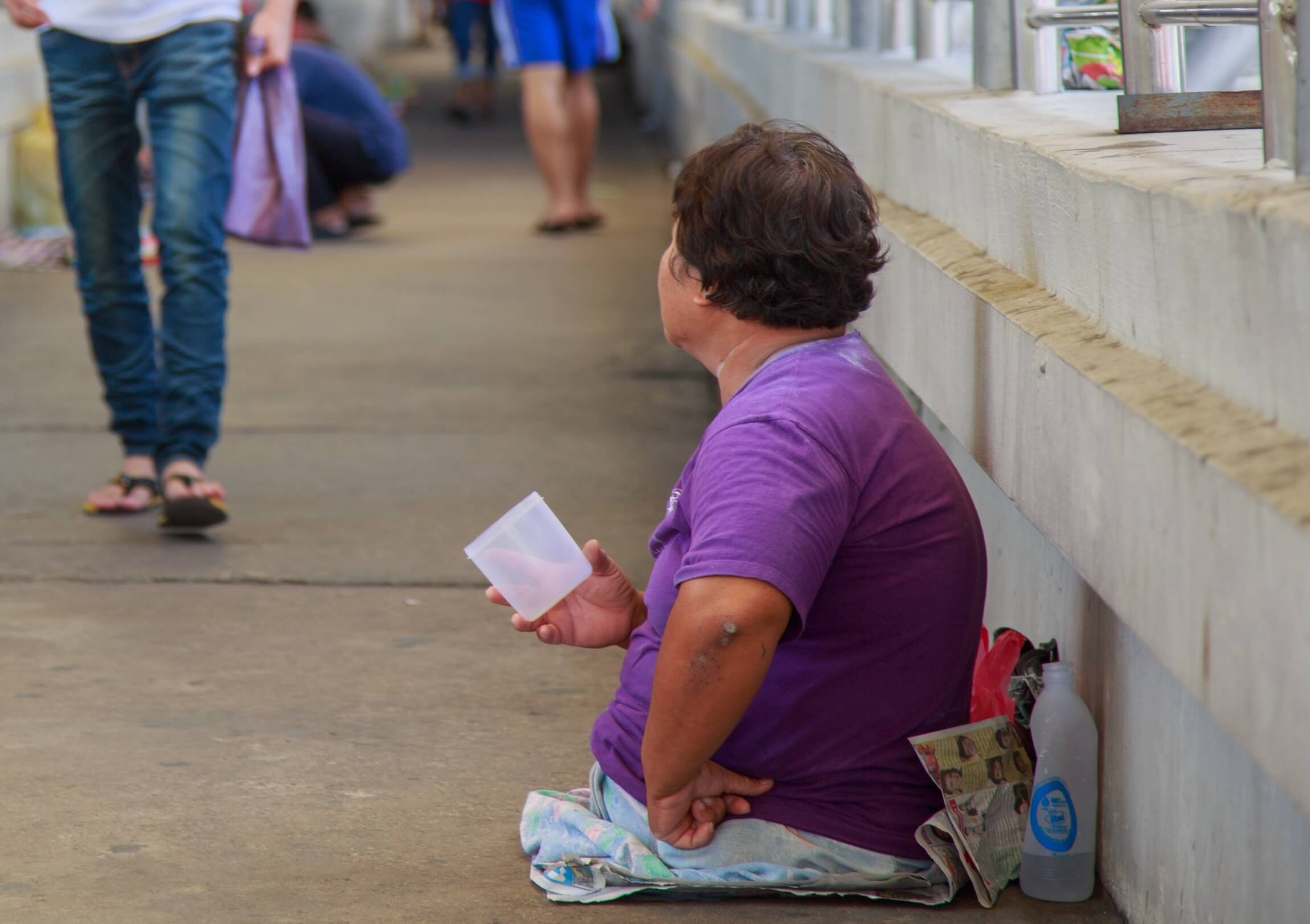
Inclusive counter-trafficking
New collaborations are being formed, and new data are being gathered as part of the second phase of the research by ASEAN-ACT with La Trobe University in Cambodia, the Lao PDR and Viet Nam.
ASEAN Member States should consider collecting data using the Washington Group questions to build an evidence base to inform policy and programming. Without these types of data, we cannot tell the stories of trafficked persons with disabilities, and in turn, we cannot respond effectively.
By recognising and addressing the unique vulnerabilities of this group, ASEAN can take significant steps towards a more just and equitable society for all.
Pros’ story and those like his underscore the importance of continued research, advocacy, and reform on this urgent issue. As ASEAN continues to combat human trafficking, it must ensure that no one is left behind.
Read the full study to learn more about the findings and recommendations. Visit: https://www.aseanact.org/resources/tip-disability/
The views and opinions expressed in this article are solely those of the authors and do not reflect the official policy or position of ASEAN.




